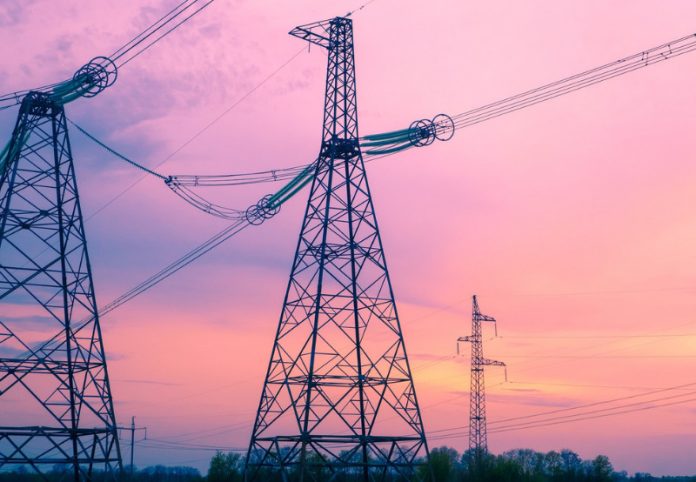Staff Report
ISLAMABAD: Despite the economic recession and pressure by International Monetary Fund to do away with subsidies, the government is pursuing a focused agenda of overcoming power shortage during the peak summer season through a multi-pronged strategy.
Since the uninterrupted power supply is considered crucial for the development of industrial, agricultural and domestic sectors, its smooth supply to domestic consumers is equally important.
But it becomes difficult when one’s hands are tied to certain international monetary compulsions and there is a shortfall in indigenous supply and demand.
Therefore, the present government is vigorously pursuing arrangements to provide respite to industry and common consumers during the ongoing hot spell.
Rising fuel prices and new energy situation after Ukraine war also necessitated Pakistan to utilize its indigenous resources like hydel, solar, wind and Thar coal as it has already announced not to build any new power projects depending on imported coal and ensure 60 percent of its power through local sources by 2030.
“We are taking pragmatic steps to overpower load-shedding by focusing on generation, transmission and energy conservation to provide maximum relief to people,” stated Minister for Power Division Khurram Dastgir. The present government has added cheap 3800 megawatts (MW) indigenous electricity to the national grid in just one year which would gradually help reduce power tariffs.
He said over 2000 MW alone electricity was added to the system from local Thar coal during the said period.
Moreover, 1320 MW Shanghai Electric, ThalNova, Karot hydropower project and K-3 Karachi Nuclear Power Plant project have started generating electricity since the present coalition government took over led by Prime Minister Shehbaz Sharif. Khurram Dastgir said Pakistan Muslim League (PML-N) government had successfully added over 10,000 MW electricity to the national grid through China-Pakistan Economic Corridor (CPEC) projects from 2013 to 2018.
“Efforts of the then PML-N government, had not only controlled load-shedding but there was also surplus power available in the system,” he remarked. “But, criminal negligence of Pakistan Tehreek-e-Insaaf government had delayed a number of projects dragging the country back to darkness.” He informed that total power generation from Thar coal stood at 2640 MW with formal commissioning of 1320 MW Shanghai Electric Thar Coal Project under the CPEC. “Another 330 MW Thal Nova Thar coal project has also been synchronized in February that would help reduce load-shedding and cut the power tariff.”
Khurram said there were 175 billion tons coal reserves at Thar that were sufficient to generate 100,000 MW electricity. Moreover, Bolan-Gawadar Transmission Line has also been completed for importing 100 MW electricity from Iran. Regarding 6,000 MW PM’s solar energy project, he said the request for proposals to set up first 600 MW solar project at Muzzaffargarh has been sought.
“We are confident that these projects would help address power availability and tariff issues in near future.”
He said over 150,000 industrial and commercial consumers were being shifted to Advanced Metering Infrastructure (AMI) System to control power pilferage by ensuring round-the-clock monitoring of meters.
The minister informed that bidding process for installing 1-4MW Solar Micro-Grid stations in rural areas is also on cards as the government has already waived sales tax and duties on the purchase of solar panels. “Easy loans were being disbursed among the people for installing solar panels on minimum interest rate.”
As the Prime Minister has already inaugurated 1,100 MW K-3 nuclear power plant in Karachi (KANUP) completed with assistance from China, the government has also embarked on a number of initiatives like cutting short the business time, replacement of inefficient electricity equipment, solarization, reduce energy consumption at the government buildings, awareness campaigns and approval of Conservation Policy.
An overview of the measures reveals that solarization of the government entities would save 300 to 500 MW per month, massively slashing the fuel import bill.
Under the National Energy Conservation Plan, judicious utilization of energy would be ensured and early closure of restaurants, hotels, and markets and production of incandescent light bulbs and inefficient electricity fans would help the government save around Rs 62 billion annually.
Production of inefficient electricity fans will be stopped shortly as they alone consume 12,000MW electricity. Additional duties would be levied on production of such fans to save Rs15 billion.
Moreover, stopping production of incandescent light bulbs is also helping out the government by saving Rs 22 billion.
Usage of streetlights is also being curtailed to 50%, hoping to save Rs 92 billion while all government institutions will install efficient devices to save electricity.
Around 30% reduction in electricity consumption at government institutions would also help overcome the shortage while Pakistan Electronic Media Regulatory Authority (PEMRA) would ensure energy saving campaign through TV and radio channels.
The government has also released Rs 89.536 billion for different projects of National Transmission and Despatch Company (NTDC) and Pakistan Electric Supply Company (PEPCO) under the annual Public Sector Development Program (PSDP) in the current fiscal year 2022-23.
In view of the government’s efforts to overcome the power shortage, it is also obligatory for us all to do our bit in supplementing these efforts by conserving as much power as we can for our sustainability and economic revival.




